Sprinkler System Installation
Get a healthy yard hassle-free with professional sprinkler systems in Denver, Arapahoe, Jefferson, and more of Colorado
- Specialized in-house team
- 10+ years of industry experience
- Automated watering system
- Fully insured and licensed
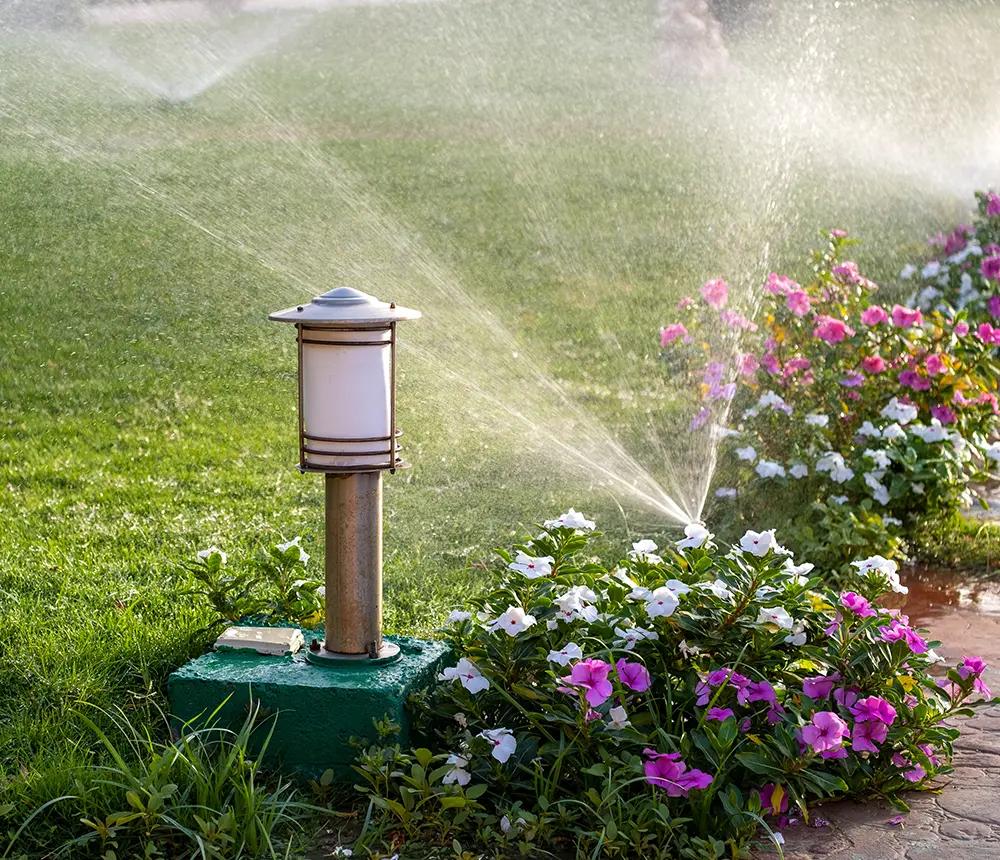
Sprinkler System Installation In Denver And Nearby Areas
Get A Healthy Yard Hassle-Free With Professional Sprinkler Systems In Denver, Arapahoe, Jefferson, And More Of Colorado
- Specialized in-house team
- Automated watering systems
- 10+ years of industry experience
Scroll down to discover irrigation options, process, and pricing
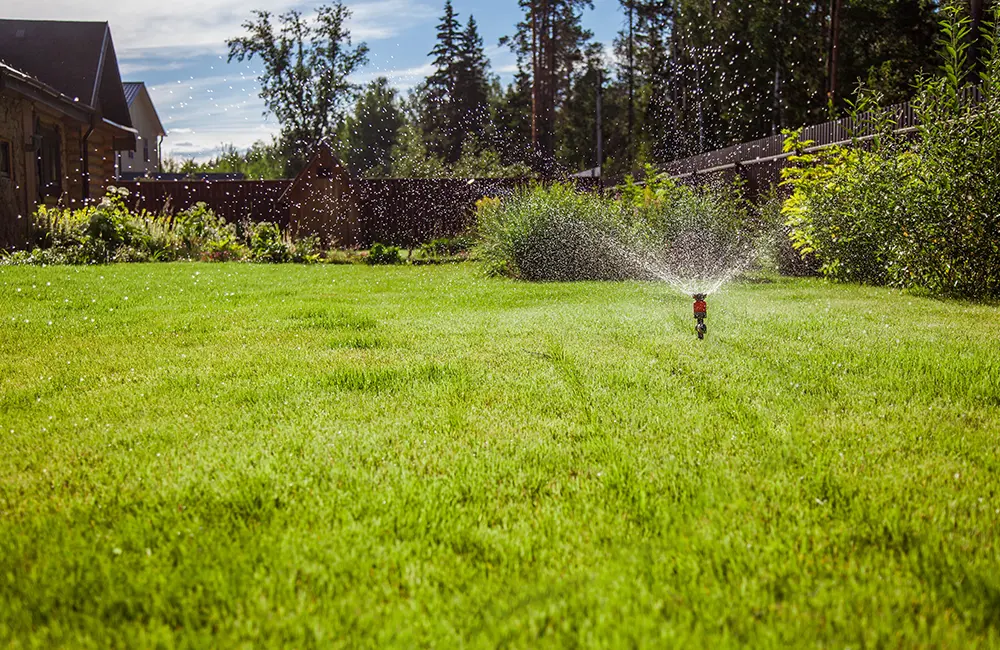
Enjoy More Free Time With A Self-Sustaining Backyard
There’s a better way to enjoy a healthy lawn without spending hours dragging a heavy hose around. A proper sprinkler system will make your lawn and entire garden self-sustaining, while reducing your water usage and costs.
From automated timers connected to the weather channel to advanced water-efficiency solutions, we’ll set up a system that makes your home landscape thrive as seasons change with zero effort on your part.
Have a thriving home landscape with these irrigation upgrades:
- Automatic timers
- Simple timers
- Retrofitting
- Multi-zone irrigation
- Weather sensors
- Weather stations
- Mobile and WiFi connectivity
- French drains and drainage systems
- Water-recovery systems
This Is How Your Lawn Can Look
Stay In The Know With Your Irrigation Project
If you want to install a sprinkler system, you first need to consider the square footage of your property and the overall lawn space. This will allow you to get an approximation of how many sprinklers you need according to your yard. You also need to know how many flower beds, plants, and trees you have and which one you want to grow. For trees, you need to consider the height and measure how much water they’ll need.
Besides the space itself, time is also an important factor. For maintenance purposes, you need to schedule your watering times, especially if you decide to leave or lead a busy lifestyle. Rest assured, we can talk you through all these steps before making a decision so you can benefit from having a quality sprinkler system that fits your needs.
The completion of your project depends on the size, complexity, and number of upgrades you decide to opt for. Usually, a sprinkler system installation will be completed in a minimum of 2-3 days.
A sprinkler system installation starts at $8.5k with the retrofitting being as low as $3.2k. If you’re wondering how high the price can go, you’re looking at a maximum of $15k. This includes multiple designated zones that work efficiently with an advanced timer, a weather connectivity app, and a weather station with wifi that programs your irrigation timer through your phone’s app.
Our in-house team of landscape professionals with over 100 irrigation systems installed or upgraded will take care of your outdoor space and turn it into a green wonderland with the best installation possible.
A Pricing Guideline For Your Sprinkler System Installation


4-Zones Front yard and Back yard Irrigation, Colorado
- Spray nozzles
- Rotors sprinklers
- Wi-Fi controls
- Valves
- Back flow prevention device
The project was quoted at $8,500, where the labor was the most expensive item.
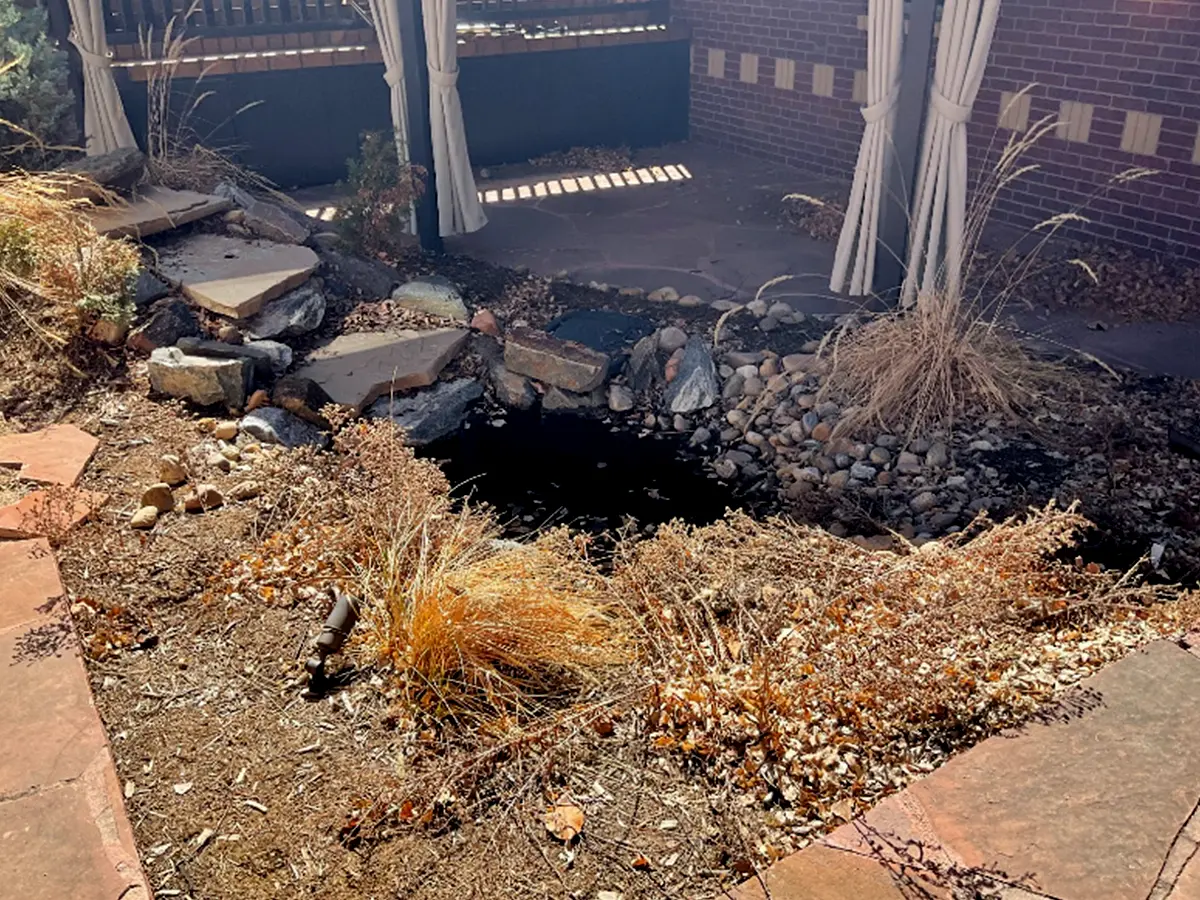

Irrigation System Retrofitting In Bonnie Brae, Denver
Retrofitting this irrigation system for a new lawn space included:
- Trenching, filling, compacting and final grading
- Add additional drip zone for the backyard to separate from front yard to reduce water consumption
- Upgraded valves and time clock to increase efficiency
- Adding new drip zones for planter beds
- Adding new drip zones for new lawn space
The project was quoted at $7,400 where the custom drip zones were the most expensive item.


Project Title
- Feature 1
- Feature 2
- Feature 3
- Feature 4
- Feature 5
Your Hands-Off Sprinkler System In 3 Easy Steps
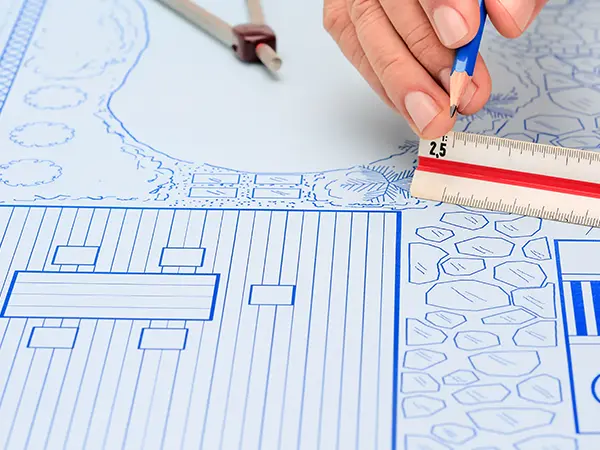
1
Collaborate
We analyze your landscape’s water needs and create an irrigation plan for your property.
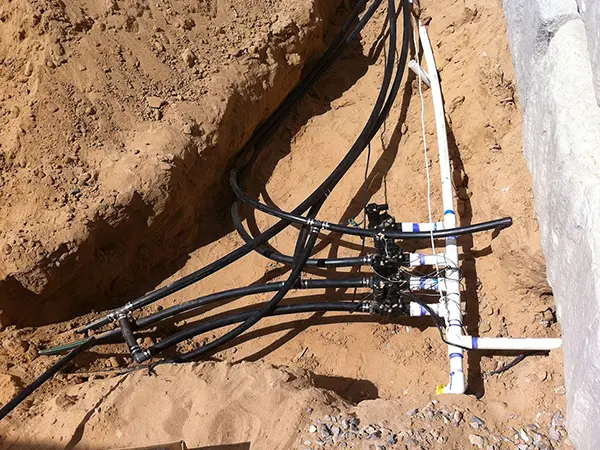
2
Build
Our in-house team of craftsmen and trusted partners gets to work.
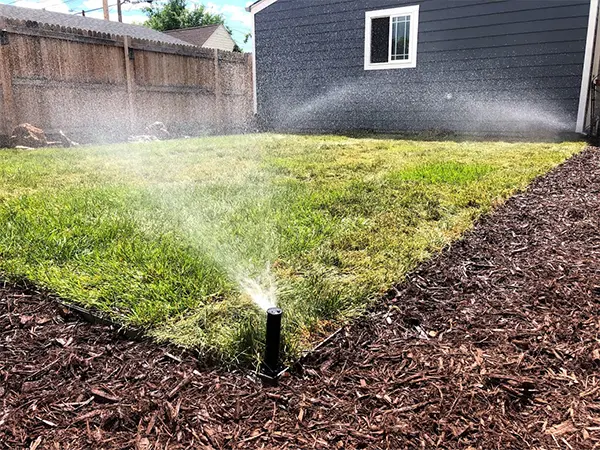
3
Enjoy
Enjoy an evergreen, healthy home landscape and more free time with your family.
A Personal Approach To Your Irrigation Project
Learn Why Homeowners Like Yourself Recommend Us

Ryan Sharif
I chose Land Designs by Colton for a xeriscaping project in my front yard. Jonathan came out within a couple days of my initial request and was very helpful in determining the design and materials that would complement each other.
I didn’t have a lot to offer in way of inspiration, but thankfully Jonathan put together a plan that looked great and fell within my budget. Within two weeks the project was underway, and approximately 900 sq ft was transformed in under three days (including irrigation) and with no unexpected costs.
Jonathan and his crew were polite, on time, efficient, and left everything in perfect state. I would not hesitate to use Land Designs by Colton for any future projects. Thank you!

Zachary Wessler
After shopping around Denver for a landscape design & build firm for many months, I finally found Land Designs by Colton and could not have been happier. Jonathan Colton’s passion & enthusiasm for landscape design is matched only by his sophisticated creativity. He listened to our priorities, was responsive and transparent in all communications, produced quality designs we never could have dreamed up, and proved to be a terrific partner throughout the first phase of our multi-year project to reform our previously lackluster front yard.
We were able to map out the project over a few years to align with our landscaping budgets without any pressure from Jonathan to spend more than we had comfortably allocated. That said, his prices were very fair – particularly for the value of work and overall effort he put into our yard. We are eager to continue working with Land Designs by Colton and cannot recommend him & his team enough.
Your Hands-Off Landscape Is Within Your Reach
Here’s What You Get When Working With LDBC
At Land Designs By Colton, we listen to your needs in order to guarantee a result that's unique.
Here’s What You Get When Working With LDBC’s Professionals:
- Custom Irrigation System
We take into account your lifestyle and your property’s needs to design a system that takes care of itself when you’re away.
- 5-Year Workmanship Warranty
Enjoy a healthy lawn and zero maintenance to your sprinkler system with our 5-year workmanship warranty.
- Efficient Design & Installation
Our team is dedicated to completing your sprinkler system in a timely manner so that you can spend time with your family.
Enjoy More Free Time With A Professional Irrigation System
Count on us to give you a balanced, sustainable, and hassle-free home landscape.
